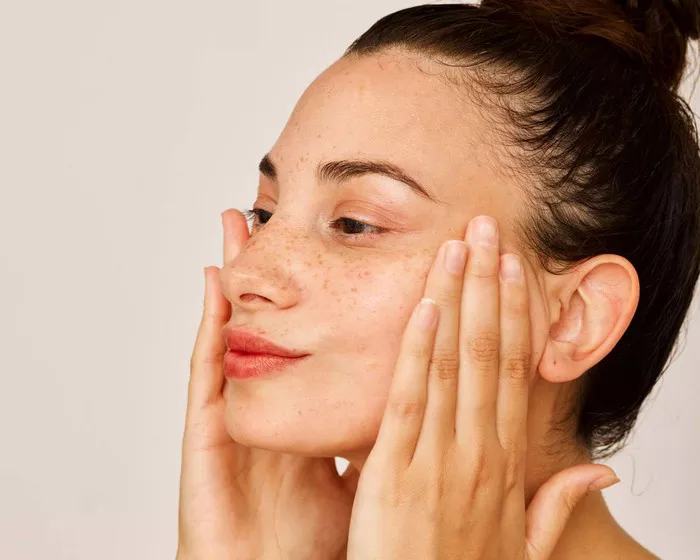Facial rejuvenation surgery is a comprehensive term that encompasses a range of surgical procedures aimed at restoring a more youthful and refreshed appearance to the face. As we age, the effects of gravity, sun exposure, and the natural aging process can lead to wrinkles, sagging skin, and other signs of facial aging. Facial rejuvenation surgery offers individuals the opportunity to address these concerns and achieve a more youthful look. In this article, we will explore the various aspects of facial rejuvenation surgery, including the procedures involved, candidacy, benefits, and what to expect during the process.
Understanding Facial Rejuvenation Surgery
Facial rejuvenation surgery, often referred to as a “facelift” or “rhytidectomy,” is a surgical procedure that targets the signs of aging in the face and neck. It is designed to address concerns such as:
Sagging Skin: Over time, the skin loses elasticity, leading to sagging in the cheeks, jowls, and neck.
Wrinkles and Fine Lines: Wrinkles and fine lines, particularly around the eyes, mouth, and forehead, become more prominent with age.
Loss of Facial Volume: The loss of fat and muscle tone can result in a hollow or sunken appearance in certain areas of the face.
Double Chin or Turkey Neck: Excess fat and skin under the chin and on the neck can create an aged appearance.
Jawline Definition: A facelift can help improve the definition of the jawline and create a more youthful profile.
Procedures Involved in Facial Rejuvenation Surgery
Facial rejuvenation surgery typically includes a combination of procedures to achieve the desired results. The specific procedures involved can vary based on individual needs, but common components may include:
Facelift: The core of facial rejuvenation surgery, a facelift addresses sagging skin, wrinkles, and jowls by lifting and tightening the underlying tissues. Incisions are typically hidden along the hairline and behind the ears.
Neck Lift: A neck lift focuses on improving the appearance of the neck, eliminating excess fat, and tightening loose neck muscles.
Eyelid Surgery (Blepharoplasty): Eyelid surgery can rejuvenate the upper and lower eyelids by removing excess skin and fat deposits, reducing puffiness, and creating a more alert and youthful appearance.
Brow Lift: A brow lift or forehead lift can elevate sagging eyebrows and reduce forehead wrinkles, creating a more youthful brow position.
Fat Transfer or Dermal Fillers: To restore lost facial volume, fat transfer or dermal fillers may be used in conjunction with surgical procedures to plump areas of the face and achieve a more youthful contour.
Candidacy for Facial Rejuvenation Surgery
Candidates for facial rejuvenation surgery should meet certain criteria, including:
Good General Health: Candidates should be in good overall health, free from any underlying medical conditions that could pose risks during surgery.
Realistic Expectations: It’s essential to have realistic expectations about the results of facial rejuvenation surgery. A consultation with a board-certified plastic surgeon can help set appropriate expectations.
Non-Smoker: Smoking can impair healing and increase the risk of complications. Candidates are typically advised to quit smoking before surgery.
Aging Signs: Candidates should exhibit signs of facial aging, such as sagging skin, wrinkles, and loss of facial volume, that can be effectively addressed through surgery.
Commitment to Recovery: Candidates should be willing to follow post-operative instructions and commit to the recovery process.
Benefits of Facial Rejuvenation Surgery
Facial rejuvenation surgery offers numerous benefits, including:
Youthful Appearance: It can provide a more youthful and refreshed appearance, boosting self-confidence and self-esteem.
Long-Lasting Results: The results of facial rejuvenation surgery can last for several years, offering a lasting improvement in facial appearance.
Natural-Looking Results: When performed by a skilled surgeon, facial rejuvenation surgery can provide natural-looking results that enhance one’s overall appearance.
Improved Jawline and Neck Contour: The surgery can improve the definition of the jawline and eliminate the appearance of a double chin or turkey neck.
Customization: Procedures can be tailored to address specific concerns, allowing for a personalized approach to facial rejuvenation.
What to Expect During the Process
The process of facial rejuvenation surgery typically involves the following steps:
Consultation: The journey begins with a consultation with a board-certified plastic surgeon. During this appointment, the surgeon will assess your concerns, discuss your goals, and develop a customized treatment plan.
Pre-operative Preparation: Prior to surgery, you will receive specific instructions on how to prepare, including guidelines for fasting, medication adjustments, and any lifestyle changes required.
Surgery Day: On the day of surgery, you will be administered anesthesia to ensure your comfort during the procedure. The surgeon will perform the planned surgeries, carefully following the treatment plan.
Recovery: After surgery, you will enter the recovery phase. Expect some swelling, bruising, and discomfort, which can be managed with prescribed medications.
Follow-up Appointments: You will attend follow-up appointments with your surgeon to monitor your progress and address any concerns.
Enjoying the Results: As swelling subsides and incisions heal, you will gradually see the full benefits of the surgery, enjoying a more youthful and refreshed appearance.
Conclusion
Facial rejuvenation surgery offers a transformative solution for individuals seeking to address the signs of aging in the face and neck. By understanding the procedures involved, candidacy criteria, benefits, and the overall process, you can make an informed decision about whether facial rejuvenation surgery is the right choice for achieving your aesthetic goals. To ensure the best results and safety, consult with a board-certified plastic surgeon with expertise in facial rejuvenation.

